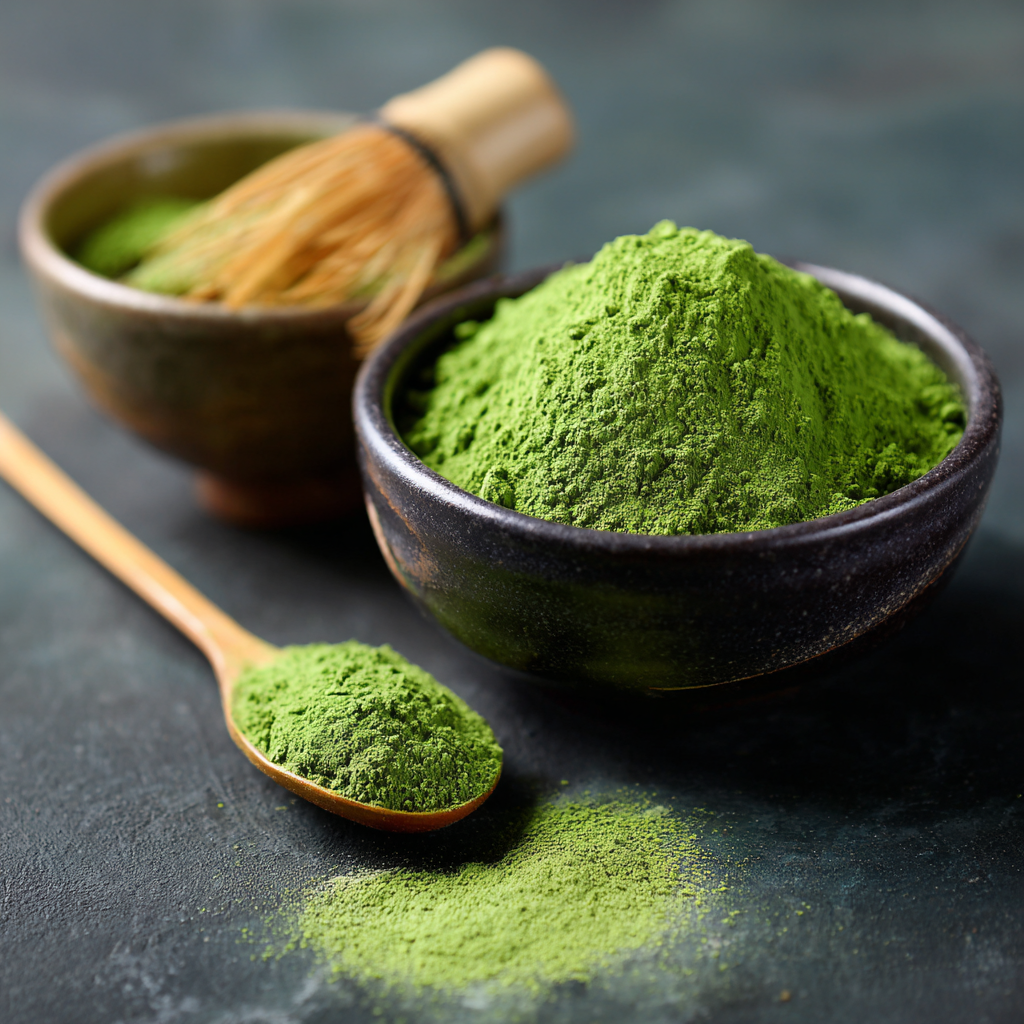【WPMの測定手順】
読む前に設問を確認する
時計(ストップウォッチ)を見ながら、英文を最初から最後まで読み、かかった秒数を記録する
設問に解答する
答え合わせをして正解数を確認する
以下の計算式でWPMを算出する
WPM = 語数 ÷ 読むのにかかった秒数 × 60 × 正解数 ÷ 設問数
※読んだ内容の理解を測定せずただ英文を読むスピードをチェックしたい場合は、WPM = 語数 ÷ 読むのにかかった秒数 × 60 まででOK。
Matcha in Trouble: Climate Change and Rising Global Demand
Matcha, the bright green powdered tea from Japan, is enjoyed all over the world. It is famous for its rich flavor, calming effect, and health benefits. In recent years, global demand for matcha has grown rapidly. Cafes and restaurants use it in lattes, cakes, and even ice cream. However, the supply of matcha is now under serious threat.
The main problem comes from climate change. Japan has faced record-breaking heat waves in recent summers. Matcha is made from young tea leaves, which are very sensitive to high temperatures. Too much heat weakens the leaves, lowers their quality, and reduces the harvest. Farmers in Kyoto and Uji, the traditional matcha centers, report that some tea leaves are even drying out before they can be picked.
This problem is made worse by rising demand abroad. In the United States and Europe, matcha has become a symbol of a healthy lifestyle. The market for Japanese tea is growing, but supply cannot keep up. Prices have started to rise, and some experts warn of a possible shortage in the near future. Consumers may soon find it harder to buy authentic Japanese matcha.
To deal with these issues, Japanese tea farmers are trying new solutions. Some are planting tea at higher altitudes, where it is cooler. Others are developing shade methods to protect the leaves from strong sunlight. Still, many worry that climate change will continue to make matcha farming more difficult. If the trend continues, the world may have to rethink how it enjoys this traditional Japanese tea. (263 words)
☆Answer the questions☆ (2×4=8)
(1) What makes matcha special worldwide?
a) Its low price b) Its bright green color and health benefits c) Its easy farming d) Its long history
(2) What is the main problem for matcha farmers?
a) Too much rain b) Too much heat c) Too much shade d) Too much export
(3) Which regions in Japan are famous for matcha according to the text?
a) Osaka and Tokyo b) Nara and Kobe c) Kyoto and Uji d) Hokkaido and Okinawa
(4) What are farmers doing to fight climate change?
a) Planting at higher altitudes and using shade b) Making more ice cream c) Exporting less tea d) Lowering prices

【Answer】
(1) b) Its bright green color and health benefits
解説:本文に「famous for its rich flavor, calming effect, and health benefits」とある。
(2) b) Too much heat
解説:高温で茶葉が弱り収穫が減ると説明されている。
(3) c) Kyoto and Uji
解説:京都と宇治が伝統的な産地と書かれている。
(4) a) Planting at higher altitudes and using shade
解説:農家が標高の高い場所や日よけで対応しているとある。
【入試超絶頻出単語】
□ harvest(収穫)
□ shortage(不足)
□ demand(需要)
□ supply(供給)
□ altitude(標高)
□ climate change(気候変動)
□ authentic(本物の)
□ symbol(象徴)
□ abroad(海外で)
□ protect(守る)
【全訳】
抹茶は日本発祥の明るい緑色の粉末茶で、世界中で楽しまれています。豊かな風味、リラックス効果、健康効果で有名です。近年、世界的な需要は急速に拡大し、カフェやレストランでラテ、ケーキ、アイスクリームに使われています。しかし今、その供給は深刻な危機にあります。
主な問題は気候変動です。日本では近年、記録的な猛暑が続いています。抹茶は若い茶葉から作られますが、これらは高温に非常に敏感です。暑すぎると葉が弱り、品質が落ち、収穫量も減ります。京都や宇治の農家は、摘む前に茶葉が乾いてしまうことさえあると報告しています。
さらに、海外での需要増が問題を悪化させています。アメリカやヨーロッパでは、抹茶は健康的なライフスタイルの象徴となっています。市場は拡大していますが、供給が追いつきません。価格は上昇し、近い将来、本物の日本産抹茶が不足する可能性も指摘されています。
この問題に対処するため、日本の農家は新しい方法を試しています。標高の高い涼しい土地に茶を植えたり、強い日差しから葉を守るために日よけを使ったりしています。しかし、多くの人々は気候変動が抹茶栽培をますます難しくすると心配しています。もしこの傾向が続けば、世界はこの伝統的なお茶の楽しみ方を考え直さなければならないかもしれません。







